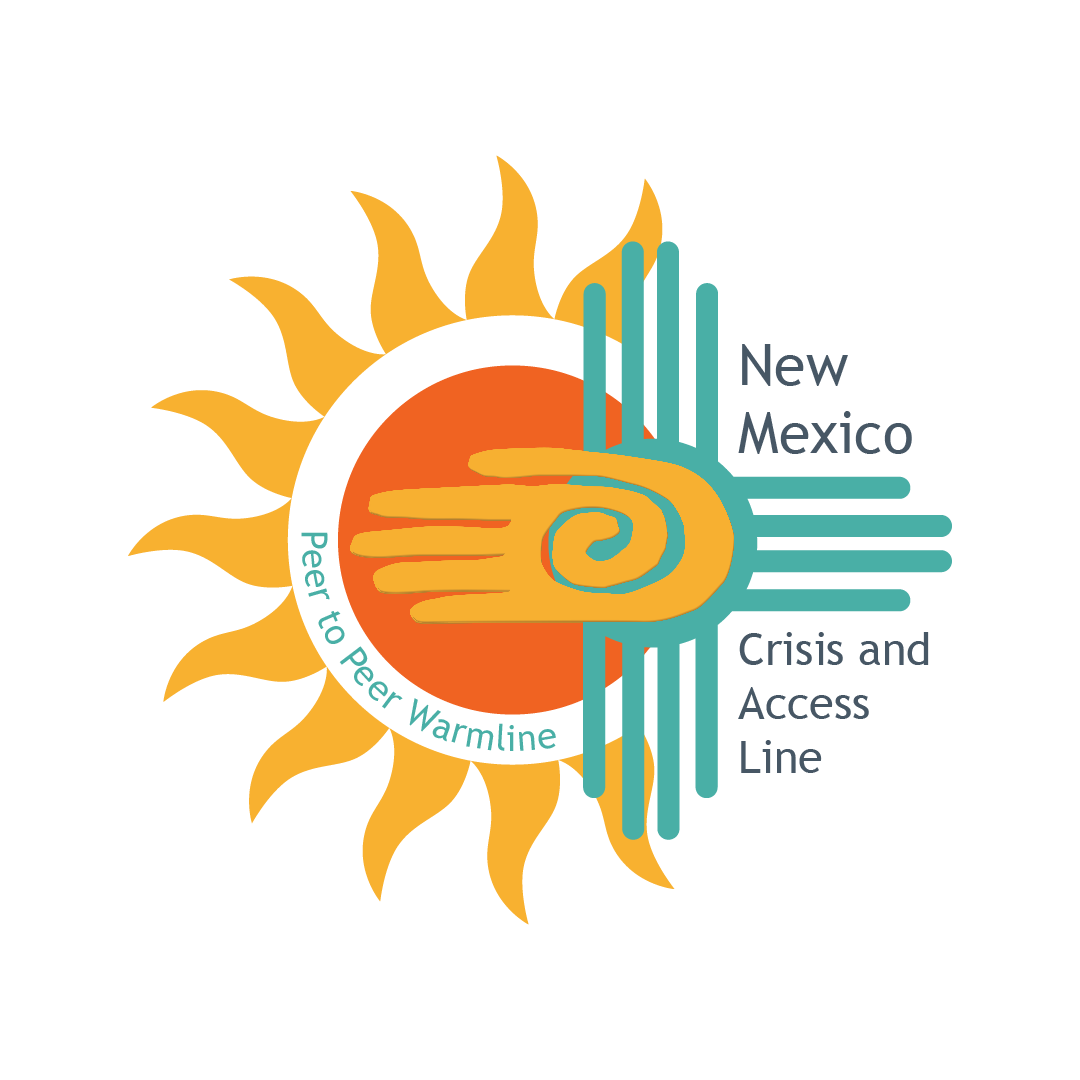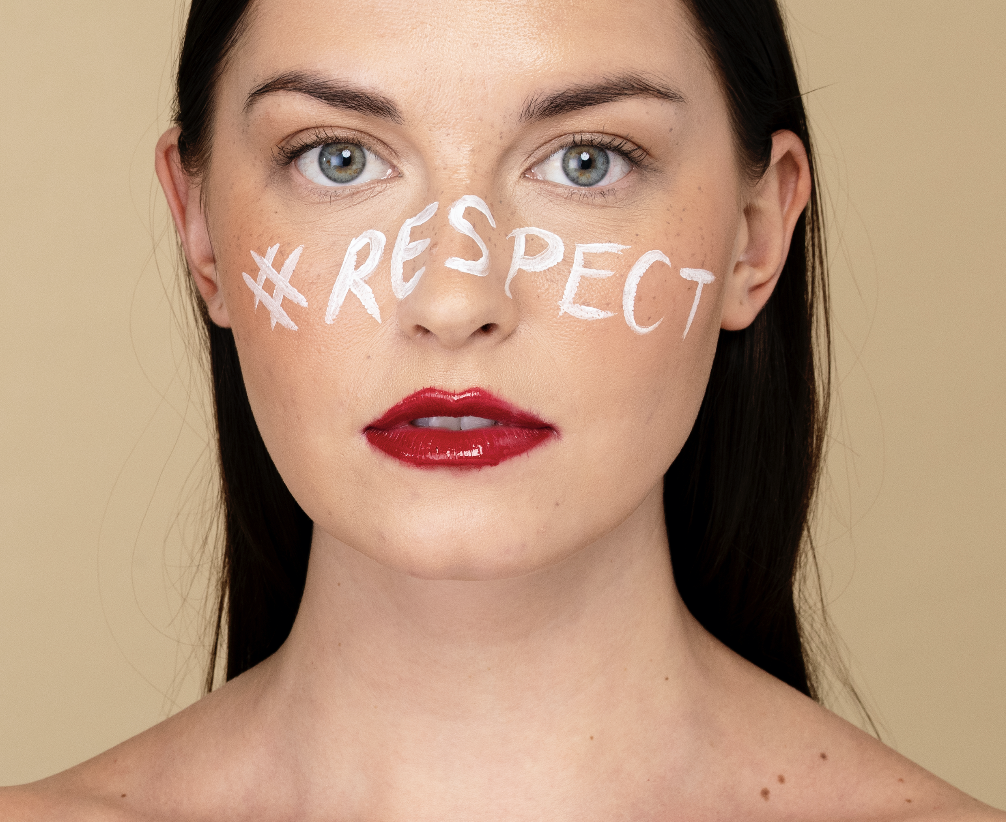The internet has become the new public space where people connect with family, friends, co-workers, romantic partners, and strangers alike. From virtual meetings, chats, video calls, interactions on social media, and dating apps, most communication is currently taking place through screens. As technology has evolved to become such a large part of our everyday lives, our awareness of ways it is being used to bully, threaten, and abuse others has increased as well. Some common online abusive behaviors include posting unsolicited explicit messages and images, child pornography, online harassment, and numerous other ways that consent and boundaries are being breached. Some of these acts are identified as criminal under the law, others violate policies put in place by online platforms (like Zoom, Instagram, Match, and Tinder), and all of these acts of unsolicited harassments have an impact to one’s mental health and wellbeing. With that in mind we need to remember that while sometimes these events remain in the online setting, often times the abuse, assault, harassment, and violence initiated online emerges to an in person setting. So, no matter where the abuse occurs, the impact on the victim, their loved ones, and the community is harmful. Help is available, go to the New Mexico Coalition of Sexual Assault Programs (NMCASP) to find resources. Sexual violence is an umbrella term that includes any type of unwanted sexual contact — either in person or online — including sexual assault, harassment, and abuse. Forms of sexual violence include: Rape or sexual assault; Sexual harassment; Sexual abuse; Unwanted sexual contact/touching; Sexual exploitation and trafficking; Exposing one’s genitals or naked body to others without consent; Nonconsensual image sharing; Words and actions of a sexual nature against a person’s will and without their consent; and Sexual violence represents a range of behaviors. Sexual violence represents a range of behaviors: From sexual assault to catcalling, acts of sexual harassment and violence fall within a spectrum of behaviors. Certain behaviors are clear-cut examples of online sexual abuse, like “Zoom-bombing” and links to pornography, while there are other behaviors that some may say seem like less of a big deal, like sending a partner an unwanted sexual text on a dating app. The reality is that both of these behaviors are influenced by the same attitudes and beliefs that are attributed to from social norms that directly or indirectly condone these behaviors, traditional ideas about masculinity and femininity, attempts to demand and degrade people, and various other forms of oppression. Awareness and action during Sexual Assault Awareness Month: This April, during Sexual Assault Awareness Month, learn how you can practice consent online, keep the people in your life safe from abuse, facilitate and participate in respectful online communities, explore the impact that trauma from abuse can have, and know that there are options available for victims and survivors looking for support.

Habit Stacking
As we proceed into the new year are you finding it difficult to change existing habits or introduce new ones? Finding an effective technique for









